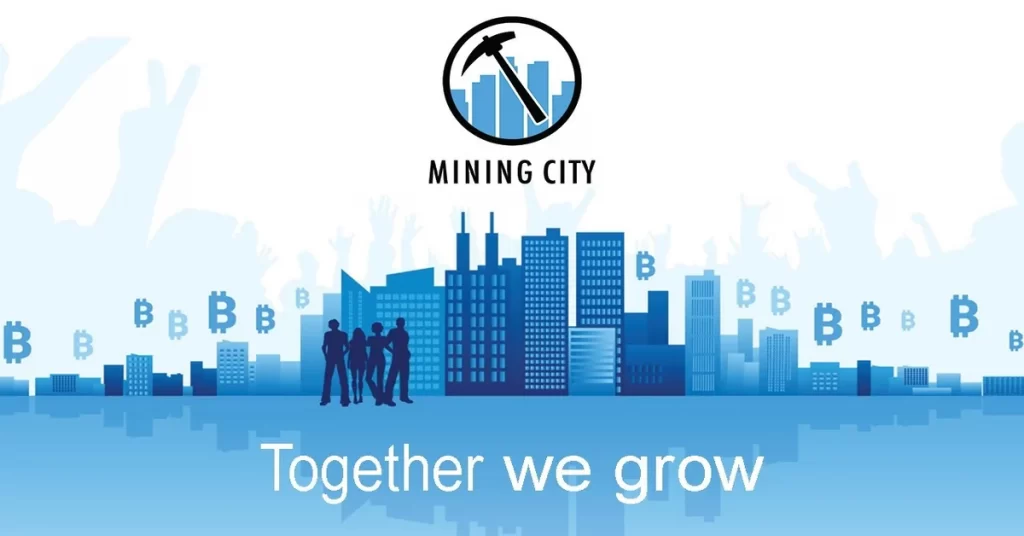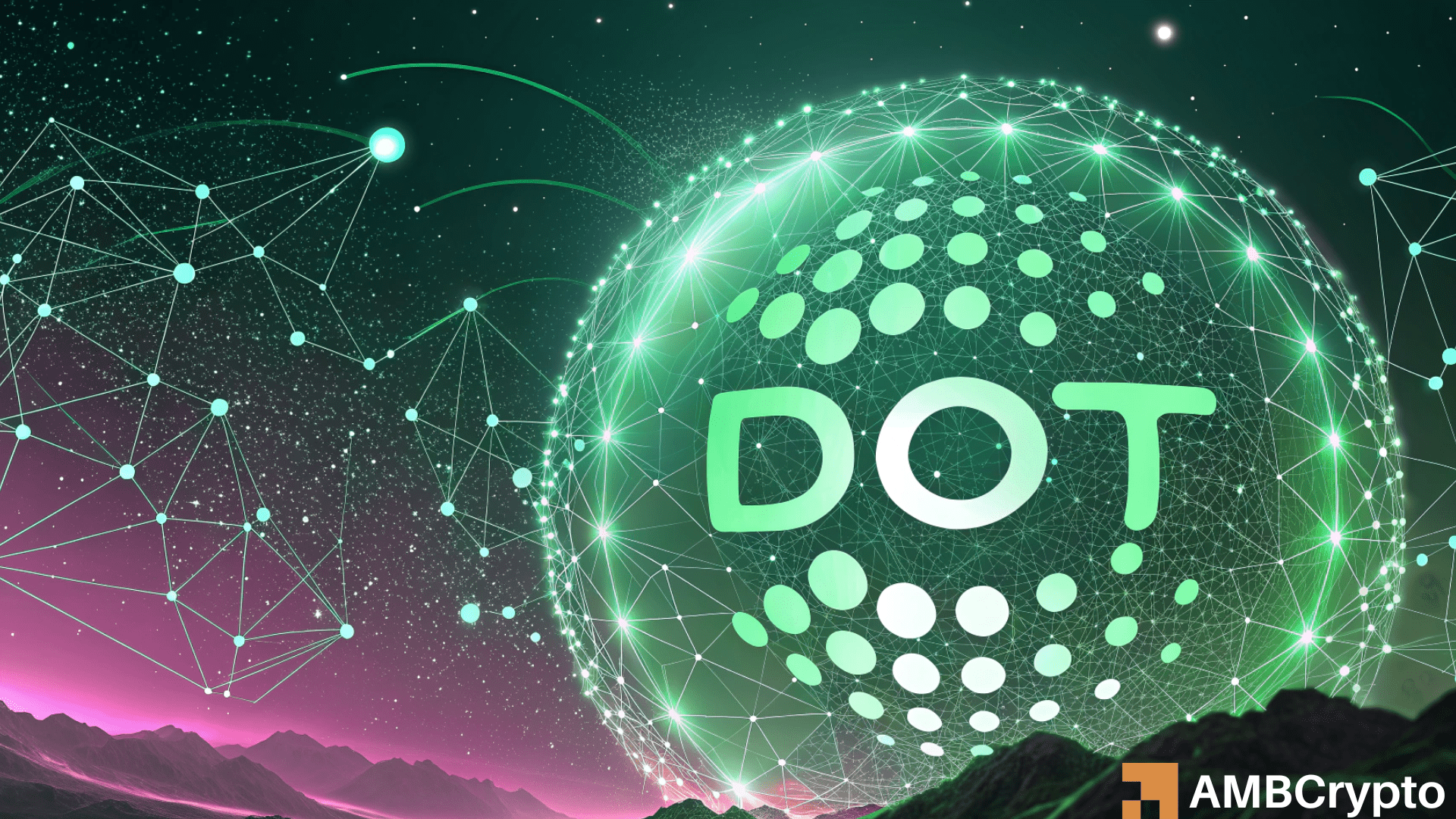
The post Mining City Reviews What Are Hash Rate and Hash Power In Crypto Mining? appeared first on Coinpedia - Fintech & Cryptocurreny News Media| Crypto Guide
As the rewards for mining a blockchain rise, so too does the number of miners competing for those rewards.
This decentralization of computing power is an essential feature of a proof-of-work blockchain such as the Bitcoin network.
In essence, more miners equal more hash power and a higher hash rate and thus a more secure network. In this post, we’ll explain the concepts of hash power and hash rate and discuss why these measures are so important to network security.
The process of crypto mining is mysterious for pretty much all but those who are directly involved. What is crypto mining? Cryptocurrencies are digital? So how can they be “mined”? Perhaps “mined” isn’t the best word to use.
Really what crypto miners are doing is earning crypto in exchange for processing transactions and updating blockchain ledgers. This, of course, is done using powerful computers, not picks and shovels.
Hashing out transactions on a blockchain
Perhaps a better word for crypto mining would be “hashing.” Hashing, in computer terms, essentially means calculating. And a great deal of computing power is required to mine cryptocurrency.
But the fact of the matter is that processing the transactions requires relatively little computing power. so why would computers need to be so powerful if they are merely processing blockchain transactions?
The reason so much computer power is needed for mining is related to security. In order for a decentralized blockchain to be as secure as possible, miners must compete head-to-head in a battle for computer supremacy.
The computing competition involves hashing out the information in a block of transactions using a highly complex mathematical formula. The result of the computation — which is known as a “hash” — is a very large number.
As a reward for doing the work and proving to be worthy, the computer that calculates a block’s hash first “mines” the block and is awarded cryptocurrency.
The proof-of-work blockchain
This process of awarding bocks is known as “proof of work” or PoW. The Bitcoin network is the best example of a PoW blockchain.
Proof of work isn’t the only method used by blockchains to reward miners. Ethereum began as a PoW blockchain but is now transitioning to a model known as “proof of stake” (PoS).
Under a proof-of-stake scheme, miners put up their own crypto for the right to mine. The bigger the stake they have in the network, the more blocks they are awarded.
The advantage that proof-of-work has over proof-of-stake is that it provides added security. Bitcoin, Litecoin, Bitcoin Cash, Dogecoin, Ethereum Classic, and Monero are all proof-of-work blockchains.
What do “hash power” and “hash rate” refer to?
So, as we mentioned, “hashing” basically means computing a hash. The measure of an individual computer’s ability to compute a hash is called its hash power (also sometimes written as one word — hashpower).
The term “hash rate” (sometimes “hashrate”) refers to the total computational power being brought to bear on hashing a POW blockchain. The more miners/computers working on a blockchain, the higher the hash rate.
What is Mining City?
Mining City is a platform that provides mining plans, giving users access to hash power and mining rewards. Hashpower is the computing power needed to generate cryptocurrencies.
Mining City users can buy crypto mining plans that give them access to hash power and mining rewards. Hashpower provided by Mining City is used to mine Bitcoin (BTC) and other cryptocurrencies.
Is Mining City Legit?
Whether you are looking for a platform that provides mining plans or software to secure your Bitcoin, how can you tell if a cryptocurrency player like Mining City is legit?
Here’re 5 things to look for:
- Does the brand or company provide a real product or service?
- Does the brand or company leave markets when crypto products or services are outlawed?
- Does the brand or company keep up with new regulations and legal compliance?
- Is the brand or company transparent in their communications about what they are doing?
- Is the brand or company making efforts to suppress real scams?
For example, Mining City provides real hash power for users. Mining City also leaves banned markets and takes a compliant approach to new laws and regulations, adjusting to global markets. A good example of Mining City’s commitment to compliance is its recent implementation of KYC, AML and other compliance check processes.
When considering a mining plan, compliance and security should be key considerations for customers.
Hash rate, decentralization and security
Why is hash rate important? As we mentioned, the power of a proof-of-work blockchain is in its security. The higher the hash rate on a blockchain, the harder it is to hack, and hence the more secure it becomes.
One might think that the higher the hash rate, the faster the blockchain runs. But that’s not the case. A blockchain such as Bitcoin mints new coins at a steady rate — about once every ten minutes.
In order to mint new coins at a steady rate, the network needs to mine blocks at a steady rate. So, in order to adjust for changes in hash rate, the difficulty level of computing a hash goes up and down.
As you might guess, the more profitable it becomes to mine a blockchain, the more miners compete for the reward, and thus the hash rate rises. And, as we mentioned, a blockchain’s hash rate is a measure of its security. This is because the higher the hash rate, the harder it becomes to disrupt the network.
More miners = higher hash rate = higher difficulty = constant block rate.
However, there is an exception to this rule. If the majority of hash power is concentrated in the hands of one entity or group, they might have the power to corrupt the network. This is known as a 51% attack.
Because of the possibility of a 51% attack, it’s better to have as many competing parties as possible, each with a vested interest in keeping the network secure. The more miners that compete for blocks, the more distributed or decentralized the network becomes.
That being said, it’s important to point out that successfully hacking the network immediately makes the entire network worthless.
Why would any criminal enterprise spend the inordinate amount of money that would be required to undermine the Bitcoin network when doing so would make it worthless? There are far more profitable ways to spend computer power — such as honest mining.
Investors demand decentralization
Security is the number one most important aspect of a blockchain to crypto investors. And the most important factor in assuring a high level of security is decentralization.
The more decentralized the network, the more secure it becomes. The more secure it becomes, the more investors will have faith in it.
There was some worry in 2020 that a majority of hash power was concentrated in China. And being under a communist government, Chinese crypto miners are susceptible to the whims of a central authority.
Thankfully, rather than trying to take over the Bitcoin network, the Chinese government decided to ban bitcoin mining altogether in 2021. This happened right as the price of bitcoin had hit an all-time high of $65,000.
The Chinese crypto ban was actually good news for bitcoin investors. However, as Chinese miners began taking their mining rigs offline, the hash rate on the network began to plummet dramatically and the price of bitcoin was nearly cut in half.
Thankfully, over the course of the year, Chinese mining rigs were shipped offshore — many of them to the U.S. The hash rate recovered and bitcoin set a new all-time high approaching $68,000 on November 8, 2021.
Although there has been another slump in price since then, as the year turned to 2022, the hash rate on the Bitcoin network hit an all-time high.
Many experts believe the decline was caused not by falling investors sentiment, but by the Chinese government’s ultimatum that all crypto investors divest from crypto before the end of 2021.

 2 years ago
199
2 years ago
199














 English (US) ·
English (US) ·